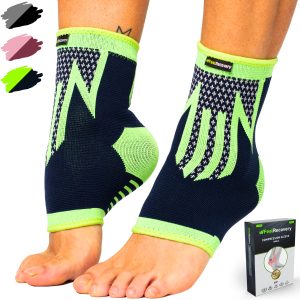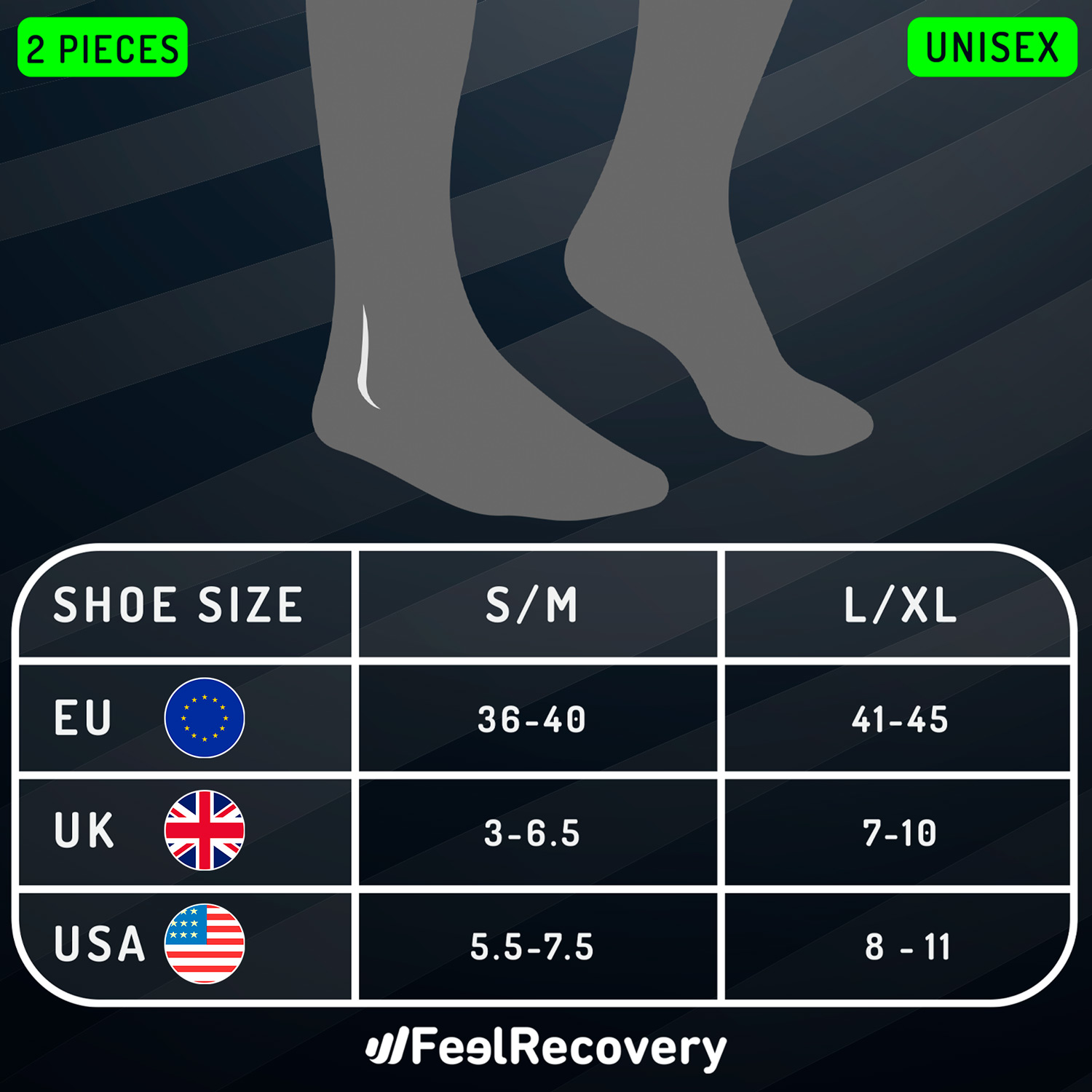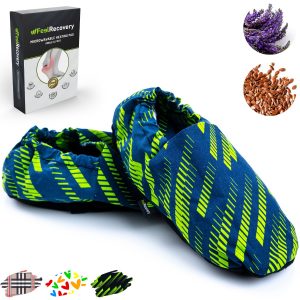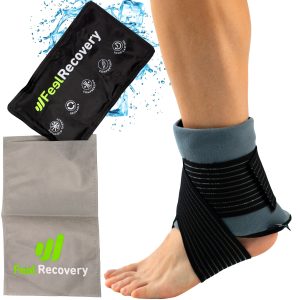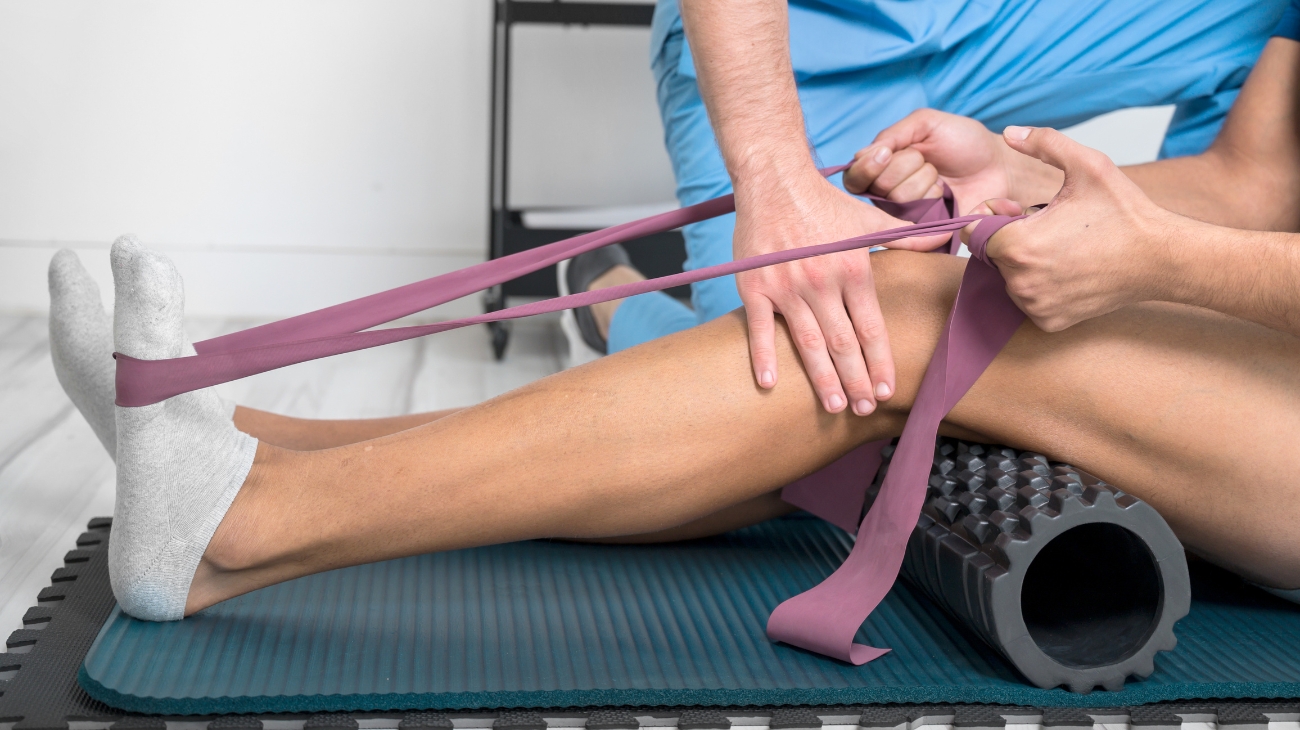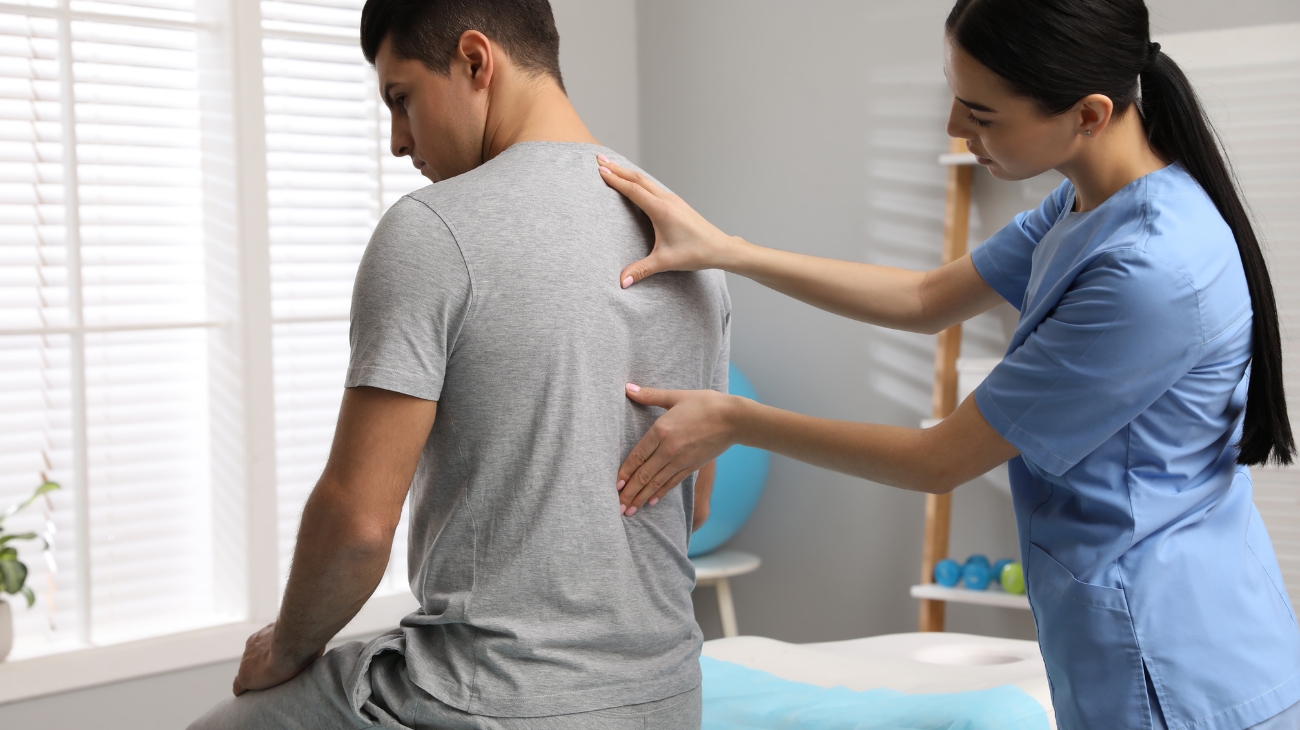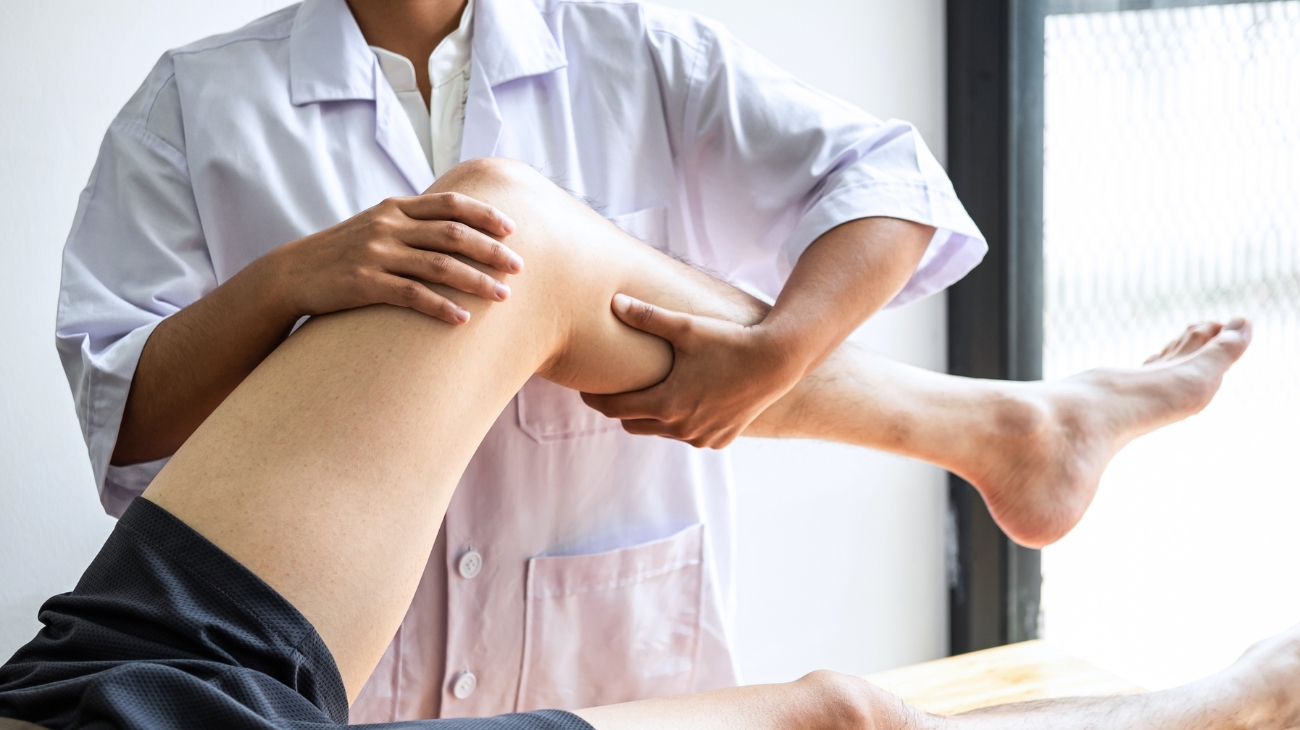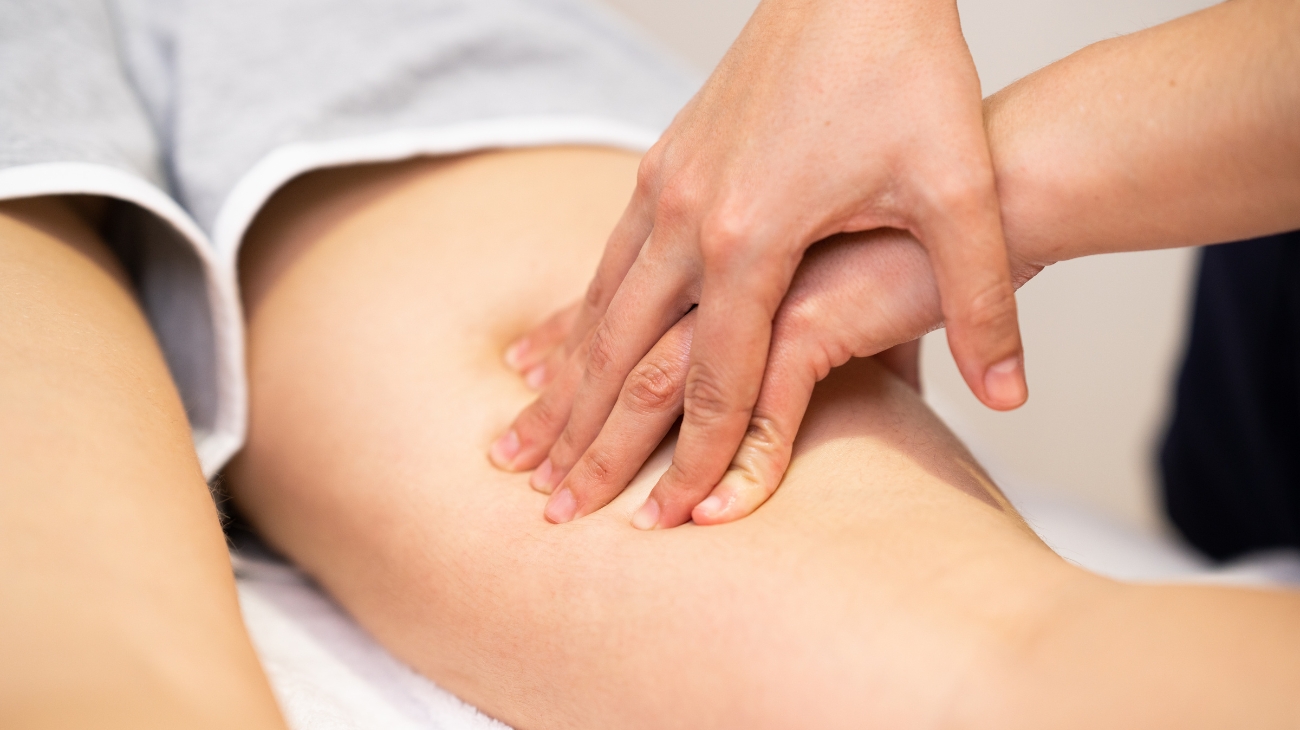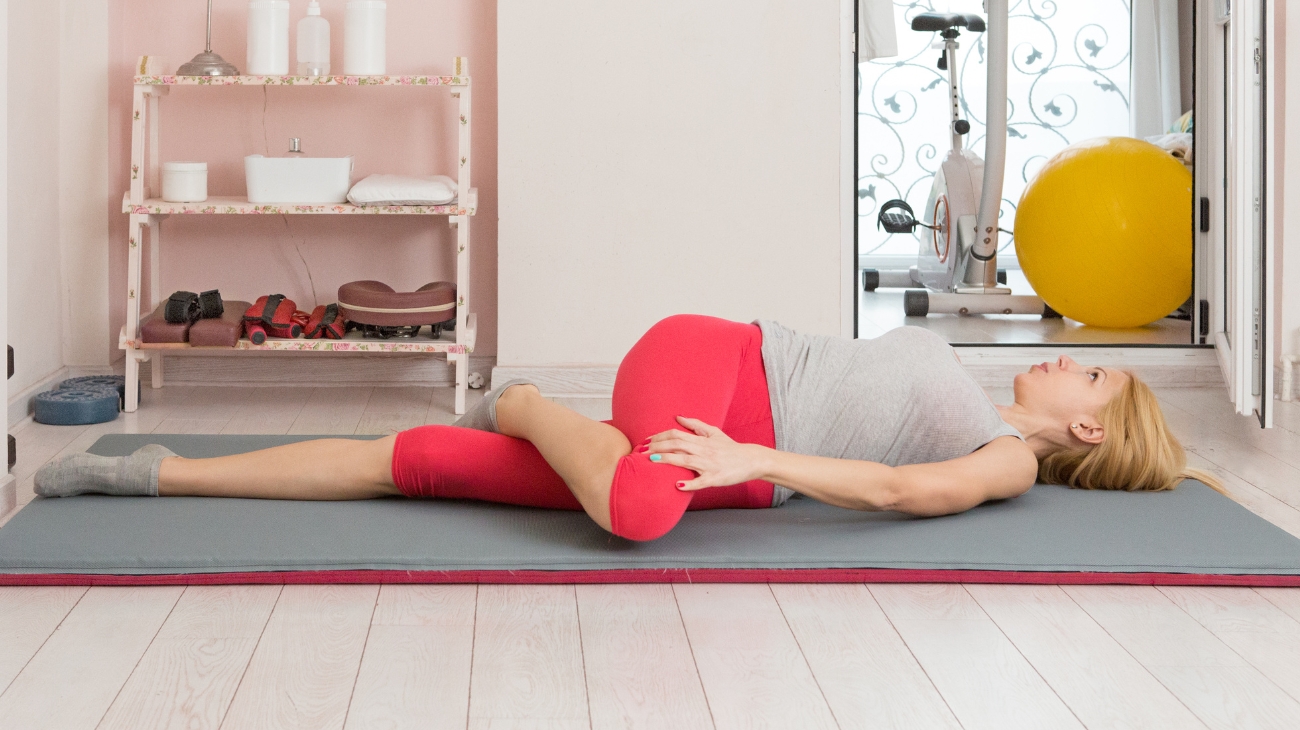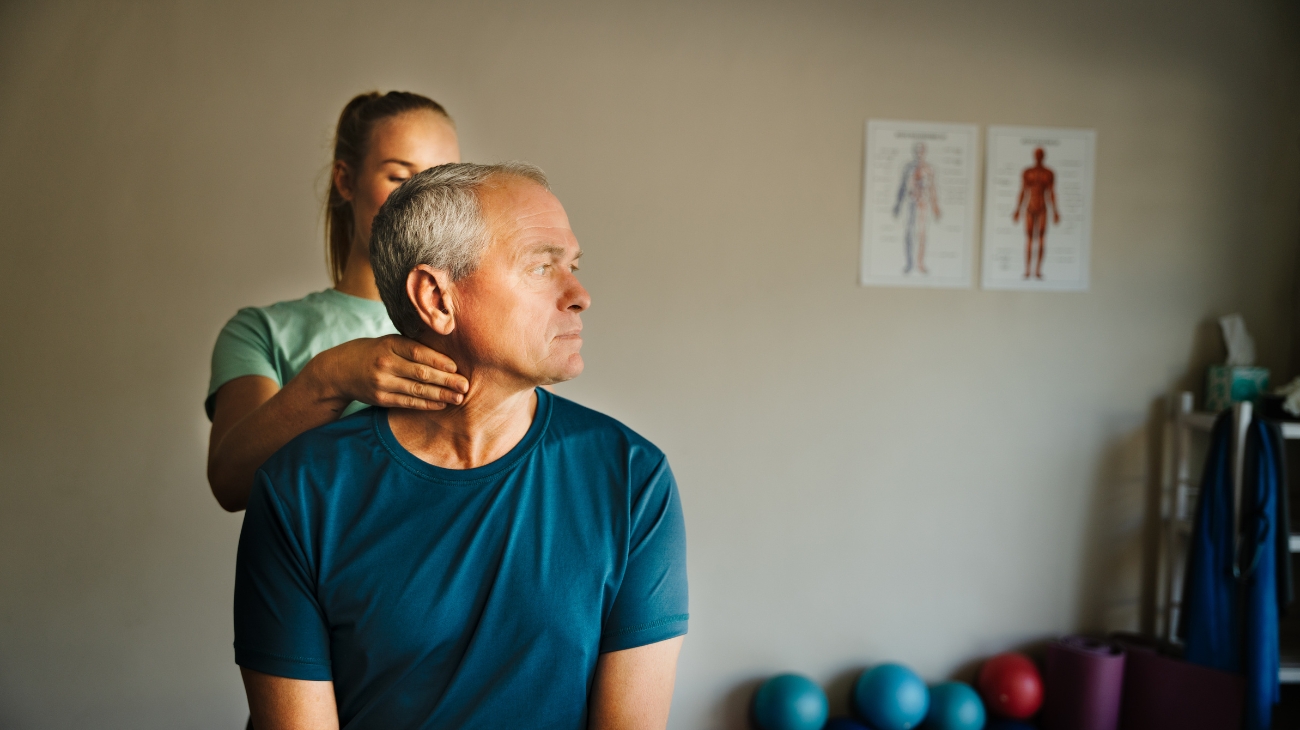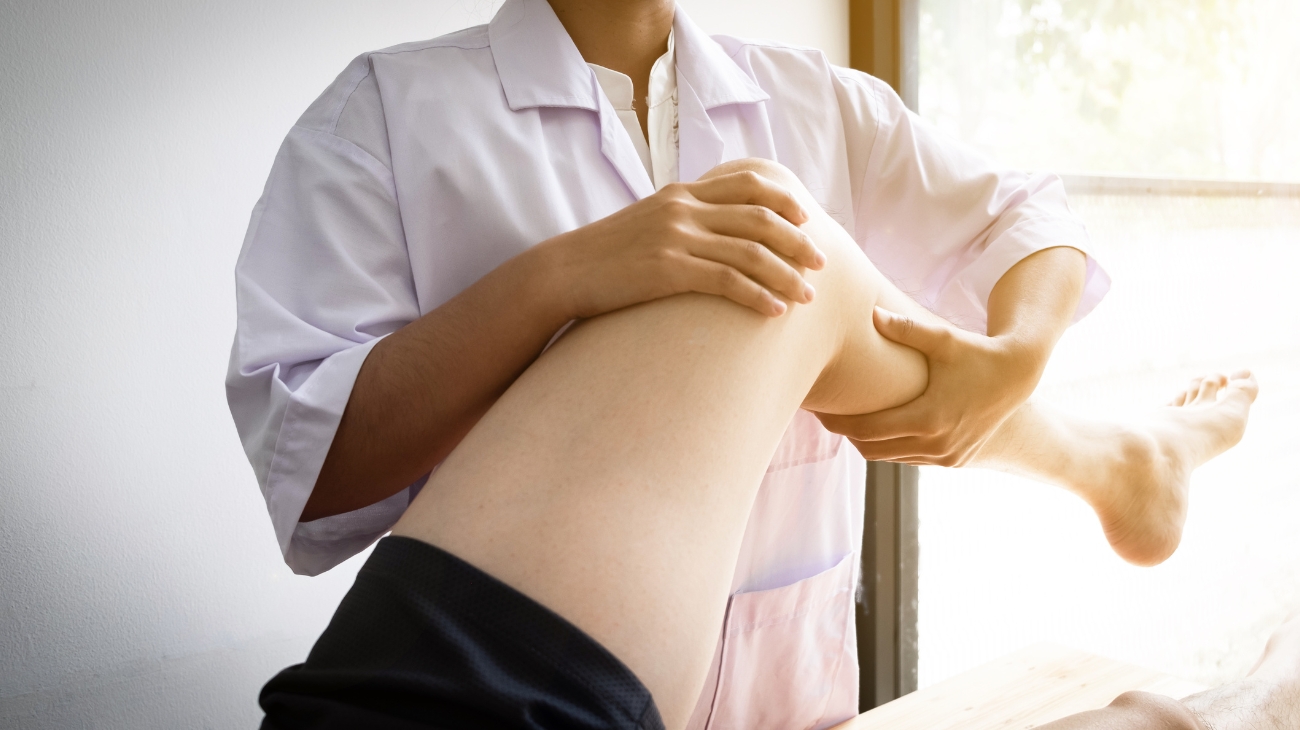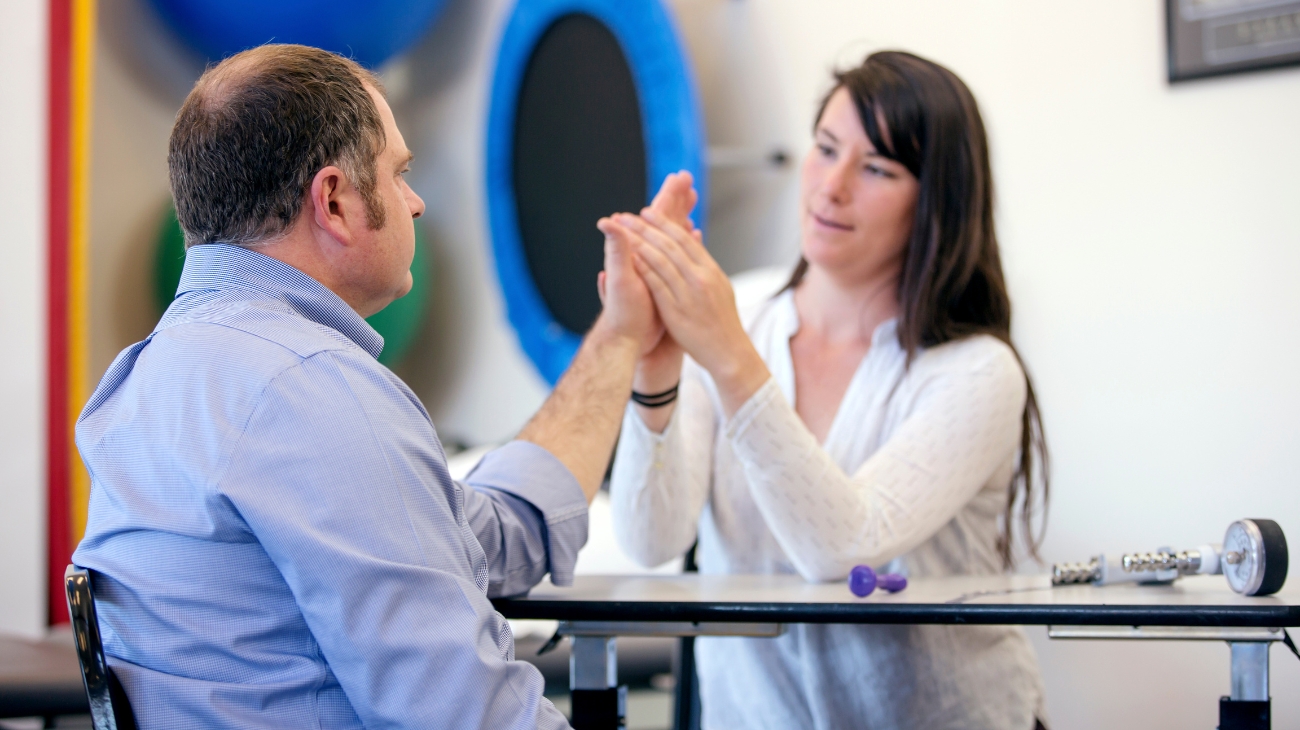Knowing the best exercises for foot rehabilitation and pain relief is crucial because the feet are essential in supporting the body weight and enabling mobility. The feet contain numerous bones, joints, and muscles that must work together correctly for proper function. Any injury to the feet can significantly impact daily activities, including walking, running, and standing. Therefore, rehabilitation and mobility exercises can help prevent long-term issues and improve overall foot health.
The benefits of performing rehabilitation and mobility exercises for foot injuries include reducing pain and swelling, increasing flexibility and strength, improving balance and stability, and preventing future injuries. Specific exercises can target the muscles and joints affected by the injury, which can help restore normal movement patterns and prevent compensatory movements that can cause additional problems.
Best foot rehab and mobility exercises
Additionally, rehabilitation exercises can help patients return to their regular activities, such as sports or work, quicker and with less risk of re-injury. Overall, incorporating proper foot exercises into a rehabilitation program can lead to better outcomes and improved quality of life for patients with foot injuries.
1 - Heel & Toe Raises Seated
Seated Heel and Toe Raises are an effective seated exercise for strengthening the muscles in your lower legs, particularly those involved in plantar flexion (pointing your toes) and dorsiflexion (lifting your toes):
- Sit in a sturdy chair with your feet flat on the ground.
- For heel raises (plantar flexion), lift your heels as high as possible while keeping your toes on the ground.
- Hold this position briefly.
- For toe raises (dorsiflexion), lift your toes toward your shins while keeping your heels on the ground.
- Hold this position briefly.
- Perform 2-3 sets of 15-20 repetitions for each movement.
Muscles involved:
- Gastrocnemius and Soleus: These calf muscles are primarily responsible for plantar flexion.
- Tibialis Anterior: Situated on the front of your shin, it plays a crucial role in dorsiflexion.
- Other intrinsic foot muscles: These small muscles in your feet assist in controlling the movement.
2 - Walking on Heels
Walking on heels is a simple yet effective exercise to strengthen the muscles in your lower legs, specifically the calf muscles, and improve balance:
- Begin by standing up straight with your feet together.
- Lift your toes off the ground, so you are balancing and walking only on your heels.
- Take small, controlled steps forward, focusing on maintaining balance and control.
- Continue walking on your heels for a set distance or duration, typically 20-30 seconds.
- Gradually increase the time or distance as you become more comfortable.
Muscles involved:
- Gastrocnemius: This is the larger, more visible calf muscle responsible for plantar flexion (pointing your toes downward).
- Soleus: Located deeper in the calf, it also contributes to plantar flexion.
- Tibialis Anterior: This muscle on the front of your shin works to stabilize and control dorsiflexion (lifting your toes).
3 - Walking on Toes
Walking on toes is an excellent exercise to strengthen the muscles in your lower legs, especially the calf muscles and the muscles responsible for balance:
- Begin by standing up straight with your feet together.
- Lift your heels off the ground, so you're walking solely on your toes.
- Take small, controlled steps forward, focusing on maintaining balance and control.
- Continue walking on your toes for a set distance or duration, usually around 20-30 seconds.
- As you become more comfortable and balanced, you can increase the time or distance.
Muscles involved:
- Gastrocnemius: The prominent calf muscle that facilitates plantar flexion (pointing your toes downward).
- Soleus: Situated deeper within the calf, it also contributes to plantar flexion.
- Tibialis Anterior: Located on the front of the shin, it's essential for dorsiflexion (lifting your toes) and maintaining balance.
4 - Anterior Tibialis Stretch Toe Drag (Bands)
The Anterior Tibialis Stretch Toe Drag with elastic bands is an exercise that targets the muscles in the front of the lower leg while also working on mobility:
- Sit with your legs extended and wrap an elastic band around the balls of your feet.
- Hold the ends of the band in your hands.
- Flex your feet upward, dorsiflexing your ankles while keeping your legs extended.
- Slowly return to a neutral position.
- Perform this dorsiflexion movement, and then slowly return for a set number of repetitions.
Muscles involved:
- Anterior Tibialis: The primary muscle located in the front of the lower leg responsible for dorsiflexion.
5 - Plantar Fascia Stretch (Foam Roller)
The Plantar Fascia Stretch with a Foam Roller is an effective exercise for relieving tension in the plantar fascia and addressing foot pain:
- Sit on a chair with your feet flat on the floor.
- Place a foam roller on the ground in front of you.
- Gently rest your affected foot (the one you want to stretch) on the foam roller, with your toes pointing straight ahead.
- Apply gentle pressure by rolling your foot back and forth over the foam roller, focusing on the arch of your foot.
- Continue rolling for about 1-2 minutes, ensuring you cover the entire length of your plantar fascia.
Muscles involved:
- Plantar Fascia: The primary muscle involved, as this exercise targets the stretching and relaxation of this connective tissue on the underside of the foot.
6 - Toe curls
Toe curls are a simple yet effective exercise to strengthen the muscles of the feet:
- Sit on a chair with your feet flat on the floor.
- Place a small towel or cloth under your feet.
- Without lifting your heels off the ground, use your toes to grip the towel and curl it toward you.
- Hold the curled position for a few seconds.
- Release and straighten the towel back out by extending your toes.
- Repeat for a set number of repetitions.
Muscles involved:
- Flexor Hallucis Longus: This muscle flexes the big toe.
- Flexor Digitorum Longus: It flexes the four smaller toes.
- Intrinsic Foot Muscles: These small muscles in the foot help control fine movements and provide stability.
7 - Toe Towel Crunch
The Toe Towel Crunch is an excellent exercise for strengthening the muscles of the toes, which can enhance balance and foot function:
- Sit in a chair with your feet flat on the floor.
- Place a small towel flat on the ground in front of your feet.
- Use your toes to grip the towel.
- Crunch your toes, pulling the towel toward you. Try to create wrinkles in the towel.
- Hold the crunched position for a few seconds.
- Release the towel and straighten it back out.
- Repeat for a set number of repetitions.
Muscles involved:
- Flexor Hallucis Longus: This muscle flexes the big toe.
- Flexor Digitorum Longus: It flexes the four smaller toes.
- Intrinsic Foot Muscles: These small muscles in the foot help control fine movements and provide stability.
8 - Toe Object Pick Up
The Toe Object Pick Up exercise is a valuable activity for enhancing dexterity and strength in the muscles of the toes:
- Sit in a chair with your feet flat on the floor.
- Place a small object, like a pencil or a small ball, on the ground in front of you.
- Using your toes, grasp the object and lift it off the ground.
- Hold the object in the air for a few seconds.
- Gently lower the object back to the ground, all while holding it with your toes.
- Repeat this movement for a set number of repetitions.
Muscles involved:
- Flexor Hallucis Longus: This muscle flexes the big toe.
- Flexor Digitorum Longus: It flexes the four smaller toes.
- Intrinsic Foot Muscles: These small muscles within the foot assist in fine motor movements and maintaining foot stability.
9 - Plantar Fascia Stretch with Ball
The Plantar Fascia Stretch with Ball is an effective exercise for stretching and relieving tension in the plantar fascia, a band of tissue on the sole of the foot:
- Sit on a chair or on the edge of a bed with your feet flat on the floor.
- Place a small ball, like a tennis ball or a lacrosse ball, under your foot.
- Apply gentle pressure by rolling the ball under your foot from the heel to the base of the toes.
- Focus on any areas of tenderness or tightness, and hold the ball on those spots for about 20-30 seconds.
- Repeat this rolling motion for a few minutes on each foot.
Muscles involved:
- Plantar Fascia: The primary muscle/tissue being stretched and massaged.
- Intrinsic Foot Muscles: These assist in fine motor control and maintaining foot arches.
10 - Metatarsal open book
The Metatarsal Open Book exercise is valuable for improving the flexibility and mobility of the metatarsal joints in the foot:
- Sit in a comfortable chair with your feet flat on the ground.
- Place your left ankle on top of your right thigh, creating a figure-four position with your legs.
- Hold your left foot with your left hand, and use your right hand to gently grasp the toes of the left foot.
- Apply gentle pressure to the toes, creating a "book-opening" motion at the metatarsal joints.
- Hold this position for 20-30 seconds, feeling a gentle stretch along the length of the foot.
- Repeat the same process with the other foot.
Muscles involved:
- Intrinsic Foot Muscles: These muscles contribute to fine motor control and stability of the metatarsal joints.
Best products for foot pain relief
Bestseller
-
2 Ankle Compression Sleeve (Black/Gray)
$24.95 -
2 Ankle Compression Sleeve (Green/Navy)
$24.95 -
2 Ankle Compression Sleeve (Pink/Bordeaux)
$24.95 -
Ice Pack for Foot - Cold Therapy Socks (Black)
$24.95 -
Ice Pack for Foot - Cold Therapy Socks (Green)
$24.95 -
Ice Pack for Foot - Cold Therapy Socks (Pink)
$24.95 -
Microwavable Heated Slippers (Hearts)
$29.95 -
Microwavable Heated Slippers (Oxford)
$29.95 -
Microwavable Heated Slippers (Sport)
$29.95 -
Microwaveable Heating Pad for Pain Relief (Hearts)
$24.95 -
Microwaveable Heating Pad for Pain Relief (Oxford)
$24.95 -
Microwaveable Heating Pad for Pain Relief (Sport)
$24.95
-
Foot Massage Roller for Plantar Fasciitis (Black)
$24.95 -
Foot Massage Roller for Plantar Fasciitis (Green)
$24.95 -
Foot Massage Roller for Plantar Fasciitis (Pink)
$24.95 -
Ice Massage Roller Ball (Black)
$39.95 -
Ice Massage Roller Ball (Green)
$39.95 -
Ice Massage Roller Ball (Pink)
$39.95 -
Soft Density Foam Roller for Recovery (Black)
$39.95 -
Soft Density Foam Roller for Recovery (Green)
$39.95 -
Soft Density Foam Roller for Recovery (Pink)
$39.95 -
Sport Compression Socks (1 Pair) (Black/Gray)
$24.95 -
Sport Compression Socks (1 Pair) (Green/Navy)
$24.95 -
Sport Compression Socks (1 Pair) (Pink/Bordeaux)
$24.95
Most common foot injuries
A list of some of the most common foot injuries:
- Plantar fasciitis: inflammation and micro-tears in the plantar fascia ligament in the sole of the foot
- Ankle sprains: stretching or tearing of the ligaments that connect the bones in the ankle joint
- Achilles tendinitis: inflammation of the Achilles tendon that runs from the heel to the calf muscles
- Metatarsalgia: pain in the ball of the foot caused by excessive pressure or overuse
- Stress fractures: tiny cracks in the bones of the foot, often caused by repetitive impact or overuse
- Morton's neuroma: a thickening of the nerve tissue between the toes, causing pain and discomfort
- Turf toe: a sprain of the joint at the base of the big toe, often caused by hyperextension or sudden force
It's important to note that these injuries can have a variety of causes, including sports or exercise, improper footwear, overuse, and underlying health conditions.
Benefits of rehab exercises for foot injuries
Performing rehabilitation and mobility exercises for foot injuries can have many benefits, including:
- Improving range of motion: Foot exercises can help improve the flexibility and range of motion of the foot and ankle, allowing for greater mobility and reduced pain.
- Strengthening muscles: Foot exercises can help strengthen the muscles of the foot and ankle, reducing the risk of further injury and improving overall stability.
- Promoting circulation: Exercises that involve movement of the foot and ankle can help increase blood flow to the area, which can promote healing and reduce swelling.
- Reducing pain: Certain exercises can help reduce pain and discomfort associated with foot injuries by promoting proper alignment and reducing strain on the affected area.
- Preventing future injuries: Regular foot exercises can help prevent future injuries by improving flexibility, strength, and stability of the foot and ankle.
F.A.Q: Frequently asked questions
References
- Kindred, J., Trubey, C., & Simons, S. M. (2011). Foot injuries in runners. Current sports medicine reports, 10(5), 249-254. https://journals.lww.com/acsm-csmr/fulltext/2011/09000/Foot_Injuries_in_Runners.6.aspx
- Jung, D. Y., Koh, E. K., & Kwon, O. Y. (2011). Effect of foot orthoses and short-foot exercise on the cross-sectional area of the abductor hallucis muscle in subjects with pes planus: a randomized controlled trial. Journal of back and musculoskeletal rehabilitation, 24(4), 225-231. https://content.iospress.com/articles/journal-of-back-and-musculoskeletal-rehabilitation/bmr00299
- Unver, B., Erdem, E. U., & Akbas, E. (2019). Effects of short-foot exercises on foot posture, pain, disability, and plantar pressure in pes planus. Journal of sport rehabilitation, 29(4), 436-440. https://journals.humankinetics.com/view/journals/jsr/29/4/article-p436.xml
- Mølgaard, C. M., Rathleff, M. S., Andreasen, J., Christensen, M., Lundbye-Christensen, S., Simonsen, O., & Kaalund, S. (2018). Foot exercises and foot orthoses are more effective than knee focused exercises in individuals with patellofemoral pain. Journal of science and medicine in sport, 21(1), 10-15. https://www.sciencedirect.com/science/article/abs/pii/S1440244017304450
- van der Putten, E. P., & Snijders, C. J. (2001). Shoe design for prevention of injuries in sport climbing. Applied ergonomics, 32(4), 379-387. https://www.sciencedirect.com/science/article/abs/pii/S0003687001000047
- Digiovanni, B. F., Nawoczenski, D. A., Malay, D. P., Graci, P. A., Williams, T. T., Wilding, G. E., & Baumhauer, J. F. (2006). Plantar fascia-specific stretching exercise improves outcomes in patients with chronic plantar fasciitis: a prospective clinical trial with two-year follow-up. JBJS, 88(8), 1775-1781. https://journals.lww.com/jbjsjournal/abstract/2006/08000/plantar_fascia_specific_stretching_exercise.13.aspx
- Kamonseki, D. H., Gonçalves, G. A., Liu, C. Y., & Júnior, I. L. (2016). Effect of stretching with and without muscle strengthening exercises for the foot and hip in patients with plantar fasciitis: A randomized controlled single-blind clinical trial. Manual therapy, 23, 76-82. https://www.sciencedirect.com/science/article/abs/pii/S1356689X15001964
- Huffer, D., Hing, W., Newton, R., & Clair, M. (2017). Strength training for plantar fasciitis and the intrinsic foot musculature: A systematic review. Physical Therapy in Sport, 24, 44-52. https://www.sciencedirect.com/science/article/abs/pii/S1466853X1630075X
- Akınoğlu, B., & Köse, N. (2018). A comparison of the acute effects of radial extracorporeal shockwave therapy, ultrasound therapy, and exercise therapy in plantar fasciitis. Journal of exercise rehabilitation, 14(2), 306. https://www.ncbi.nlm.nih.gov/pmc/articles/PMC5931170/
- Hunt, K. J., Hurwit, D., Robell, K., Gatewood, C., Botser, I. B., & Matheson, G. (2017). Incidence and epidemiology of foot and ankle injuries in elite collegiate athletes. The American journal of sports medicine, 45(2), 426-433. https://journals.sagepub.com/doi/abs/10.1177/0363546516666815




